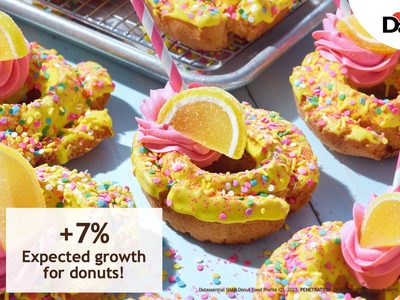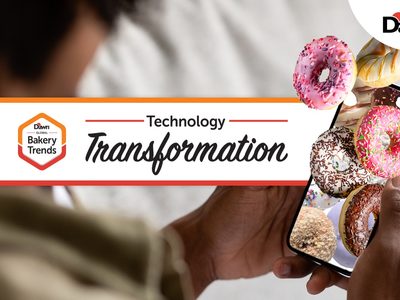Consumers are willing to make more environmentally conscious choices but need assurances that their good intentions are translating to positive environmental outcomes. They are highly influenced by companies’ integrity prior to making a purchase and demand transparency with more meaningful information about every aspect of the product creation.
People are increasingly frustrated with over-packaged ecommerce deliveries, disillusioned with the amount of single-use packaging in foodservice, and frustrated by materials that aren’t recyclable or compostable. Consumers want more sustainable packaging information. On-pack labelling is moving from self-declared to third-party certified to eliminate “greenwashing.”
According to a new Sealed Air online presentation, Design for Circularity, the flexible packaging industry must continue to reduce waste and the global carbon footprint.
While the primary objective of packaging remains product protection, the shift to a circular economy means another key driver has emerged: sustainability.
Dr. Tiffani Burt is the executive director of the Materials Lifecycle Team within Sealed Air’s Innovation and Sustainability organization focusing on enablement of Sealed Air’s 2025 Plastics Pledge.
One of the most important parts of her mentorship was getting the teams to think about a sustainable business model. “Similar to how Sealed Air works with customers to derive value, I encouraged the folks I talked to — the inventor, application developer, supply chain officer, and food technologist — to consider the total cost of ownership for each stakeholder within the value chain,” she said. “A lot of times as technologists or innovators, we develop ‘cool things’ but if you can’t easily explain why someone needs it or what challenge it is solving your business model may not be sustainable.”





